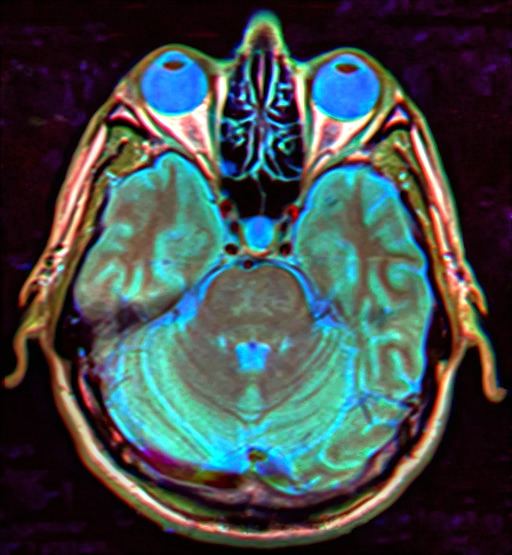ICD-9-CM 253.8 MedlinePlus 000349 | DiseasesDB 31523 MeSH D004652 | |
 | ||
Empty sella syndrome (abbreviated ESS) is where the pituitary gland shrinks or becomes flattened, filling the sella turcica, with cerebrospinal fluid on imaging instead of the normal pituitary. ESS can be found in the workup of pituitary disorders, or as an incidental finding when imaging the brain.
Contents
Classification
There are two types of ESS: primary and secondary.
Signs/symptoms
If there are symptoms, people with empty sella syndrome can have headaches as symptoms which subsides when lying down. Additional symptoms are as follows:
Diagnosis
The diagnosis of ESS, done via examination and test, may be associated with early onset of puberty, growth hormone deficiency, pituitary tumors, or pituitary gland dysfunction.Additionally there is:
Differential diagnosis
The major differential to consider in empty sella syndrome is intracranial hypertension, of both unknown and secondary causes, and an epidermoid cyst, which can mimic cerebrospinal fluid due to its low density on CT scans, although MRI can usually distinguish the latter diagnosis.
Treatment
In terms of management, unless the syndrome results in other medical problems, treatment for endocrine dysfunction associated with pituitary malfunction is symptomatic and thus supportive;however, in some cases, surgery may be needed.
